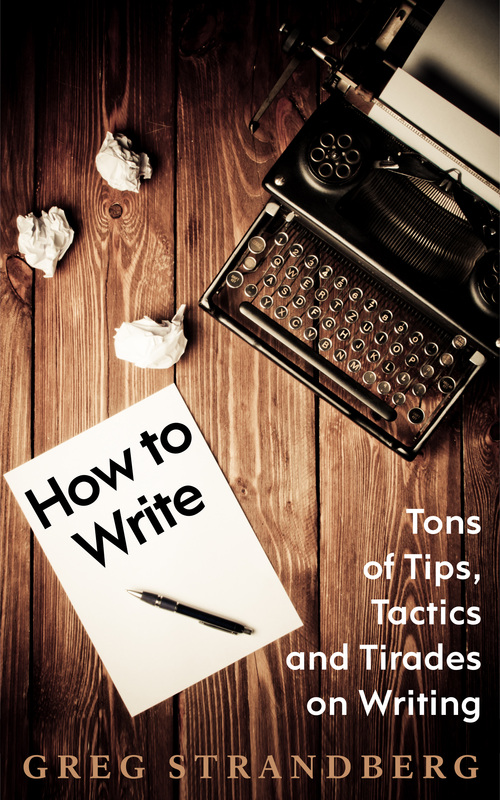
First of all you’ve got to come up with original ideas on a regular basis. This sounds easy at first, but after you’ve been blogging about writing, eBooks, self-publishing, or whatever your topic may be for months at a time, well, it gets kind of difficult.
Then you’ve got to write out your article or post. When you’re writing about recent developments in the self-publishing industry this could go fast; there’s lots of information out there for you to access. If the topic is something you’re passionate about it’ll also probably get written in a flash.
But what happens when those recent developments get old and that passion fades away? That’s when problems develop, and that’s why many writing blogs go belly-up.
I see a lot of writing blogs on the internet, and the sad truth is that many of them are old. What this means is they haven’t put up any new content in months, if not years. I can’t help but think that many of them would still be up and running today if they just would have put a little thought and planning into their blog.
And that’s why I decided to make a simple list of ways you can plan your blog 50 days in advance.
And that’s why I decided to make a simple list of ways you can plan your blog 50 days in advance.
- Titles: Always have a notepad handy and write out titles when they come to you. Even better, start a 101 list on your computer and add titles to it periodically. Getting 10 each day shouldn’t be a problem. Come back a week later and prune your list down to about half, using only those topics that are relevant and haven’t been talked to death.
- Document Them: Give each of your titles its own document, such as a MS Word file. When you have 50 titles listed in one folder keeping up on your blog seems easier than when you have nothing in that folder. Even though those files are all empty right now, you’re tricking your brain into thinking that there’s more there than there actually is. Sitting down to get to work becomes harder to put-off as a result. And don’t forget that you’ll be thinking of these things for days or weeks later, which comes in mighty handy when it’s time to write.
- Long & Short: You’ve got 50 files now, so what’s next? Now decide which you can write 500 words for, which you can get 1,000 on, and which you’d be lucky to get 100. Behind each file name include that number in parentheses. They don’t have to all be round numbers, either. Put a few 350’s or 600’s in there to even it out. When you do this you again trick your brain. Some days you just won’t want to write, and that’s what those 350’s are for. Even pumping out a 100 words on that is better than nothing. For days when you’re rearin’ to go, open up one of those 1,000 word files and take charge!
- Copy/Paste: So you’ve got all these files, you know how long their going to be, but you have nothing in them. You want to fill them with your own words, but looking at those numbers there probably seems daunting; after all, you’ve got about 30,000 to 40,000 words there to write, the length of many short novels. That’s why you need to go to your research sites and copy/paste info. You’ll use this to get your thoughts going when the time comes to write. Start by rewriting one paragraph. Chances are your own words and voice will come to you and you’ll be able to continue on. If not, keep rewriting until they do.
- Template Them: Get into template mode with your blog by using 3 standard formatting approaches. Start with a simple 3 to 5 paragraph blog format. Move on to 2 opening paragraphs, a bullet list, and a closing paragraph. Finally have an opening paragraph, titled sections, and even a photo you explain. These are 3 simple formats that will make your blogs different, and allow you to write them at a faster pace. You can use more templates or fewer, but when you stick to a common design that you know and which works the likelihood you don’t post to your blog that day is minimal.
- Marathon It: You don’t have to write everyday. What if you woke up early on a Saturday or Sunday and wrote out 3 posts? What if on a Tuesday evening you wrote on 5 posts, but just rough snippets to fix up and edit later? You can do a little everyday or a lot on one, but you need to be consistent each week. Discipline and regularity are the two most common traits all bloggers share, and starting your routine now is a great way to make them your own.
This is a simple way to get 50 blog post ideas up and off the ground. Try this for one week and see what happens. Yeah, you might not get all 50 posts written out, but most people will be able to set themselves up for 2 months in as little as 2 weeks. It’s simple, and that’s often the most effective approach.
So how about you? Made it to 50 or still struggling?











































































 RSS Feed
RSS Feed